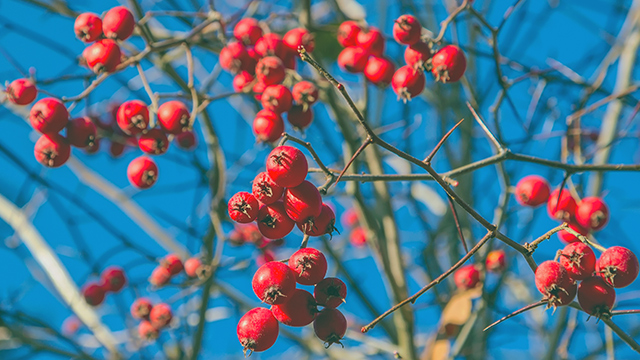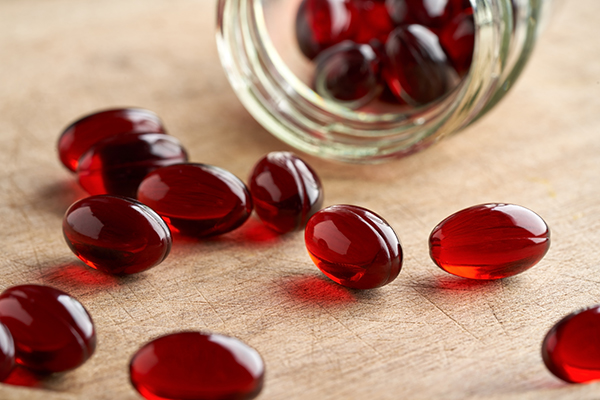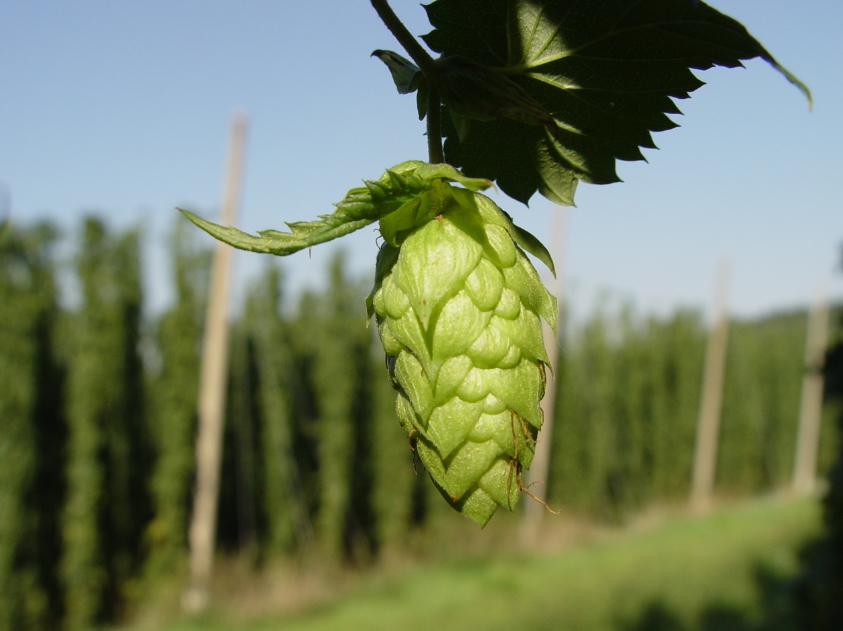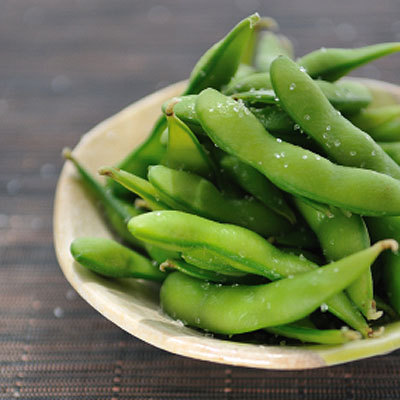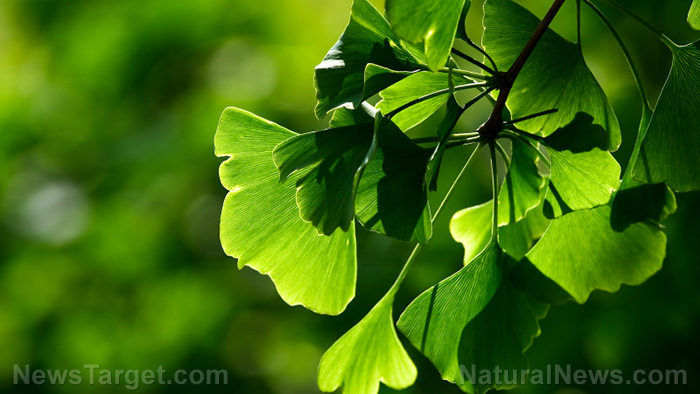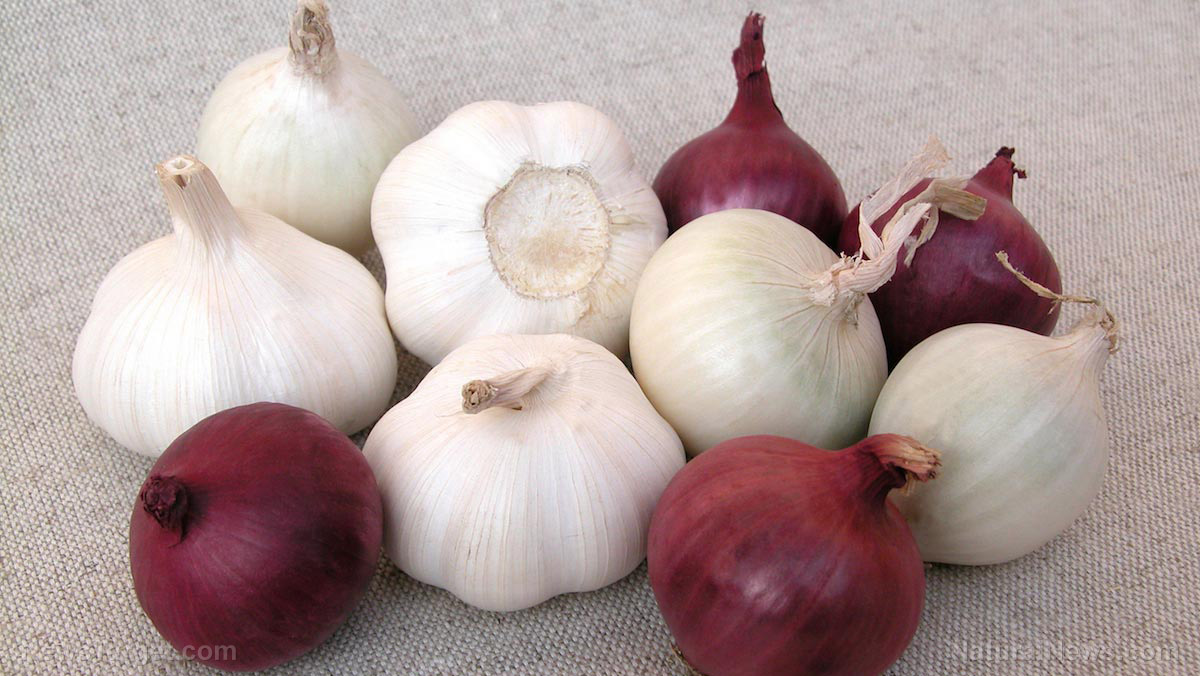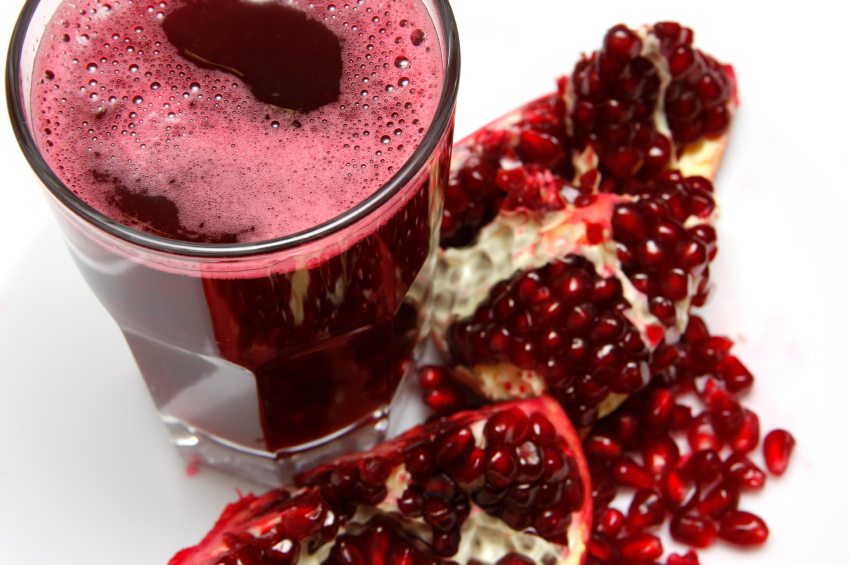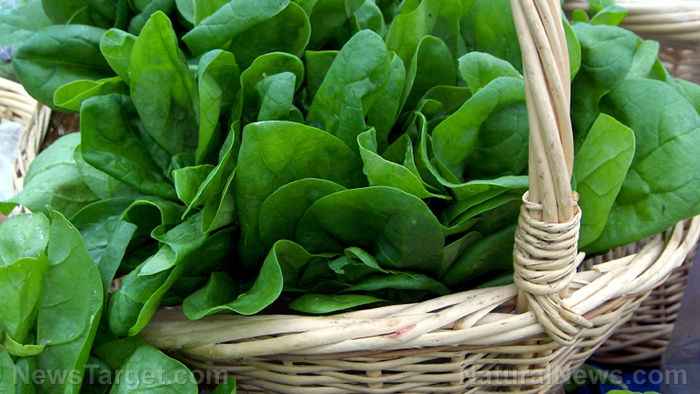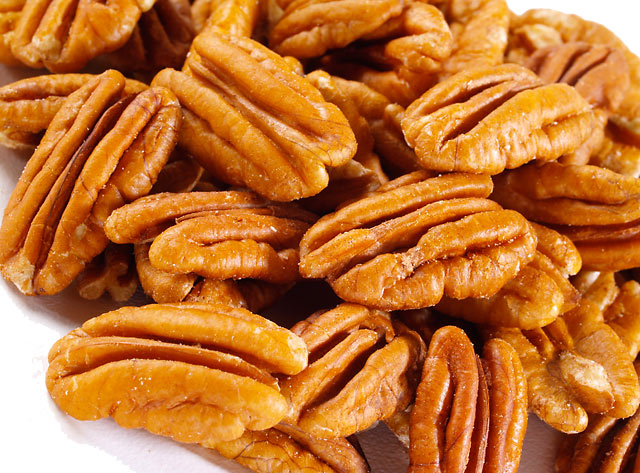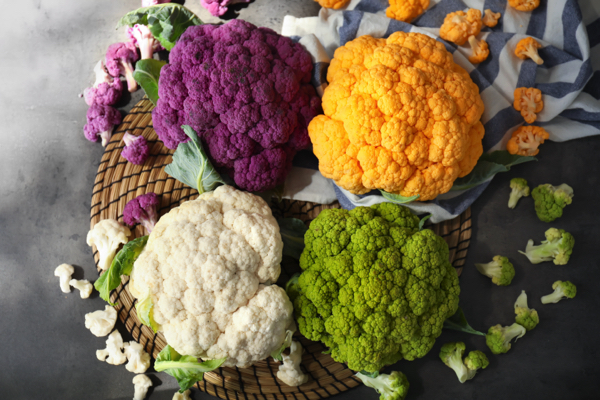The power of Ginseng: A timeless medicinal root for vitality and healing
03/31/2025 / By Ava Grace
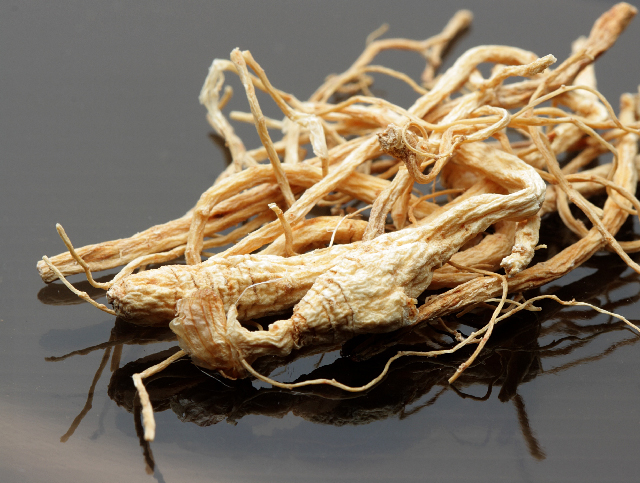
- Panax ginseng, known as the “king of herbs,” has been a cornerstone of traditional medicine for over 2,000 years, originating in East Asia and revered for its vitality-enhancing properties. It was first documented in ancient Chinese texts and traded along the Silk Road.
- Ginseng contains ginsenosides, polysaccharides and other compounds with anti-inflammatory, antioxidant and immune-boosting effects. It is studied for its potential to reduce fatigue, improve cognitive function, regulate blood sugar and support sexual health.
- Primarily grown in Korea, ginseng requires six years to mature. It is consumed in various forms, including teas, soups, powders, tinctures and skincare products, with traditional uses like Korean samgyetang (ginseng chicken soup).
- Ginseng is deeply rooted in East Asian culture, symbolizing respect and health. Its unique human-like shape and complex flavor profile make it a versatile ingredient in recipes like ginseng tea, energy bites and infused rice.
- Ginseng remains popular for its adaptogenic properties, aiding in stress management and supporting overall well-being. Researchers continue to explore its therapeutic potential, solidifying its status as a natural medicine.
For centuries, Panax ginseng, often referred to as Asian ginseng, Chinese ginseng or Korean ginseng, has been revered as a cornerstone of traditional medicine and a symbol of vitality. This perennial plant, with its distinctive forked root, thrives in the cool, shaded mountains of East Asia, particularly in Korea, where it has been cultivated for over 2,000 years.
Known as the “king of herbs,” ginseng has earned its reputation as a potent adaptogen, capable of enhancing physical and mental resilience while addressing a wide range of health concerns. Its rich history, unique properties and versatile applications make it a fascinating subject for anyone interested in wellness, nutrition and herbal medicine.
A root steeped in history
The use of ginseng can be traced back to ancient China, where it was first documented in the Shennong Bencaojing (The Divine Farmer’s Materia Medica), a medical text written around 100 AD. This early pharmacopoeia classified ginseng as a superior herb, reserved for emperors and nobility due to its rarity and perceived ability to promote longevity.
The name “Panax” is derived from the Greek word panacea, meaning “all-healing,” reflecting the belief in its near-miraculous properties. Over time, ginseng became a prized commodity, traded along the Silk Road and sought after by healers and scholars across Asia. (Related: Asian ginseng found to be effective for treating MS, autoimmune diseases.)
Today, ginseng is primarily cultivated in Korea, where the climate and soil conditions are ideal for its growth. The plant requires meticulous care, often taking six years before its roots are harvested. This lengthy cultivation process contributes to its high value and status as a premium herbal remedy.
Phytonutrients and health benefits
Asian ginseng is rich in bioactive compounds known as ginsenosides, which are the primary phytonutrients responsible for its therapeutic effects. These saponins have been extensively studied for their anti-inflammatory, antioxidant and immune-modulating properties.
Other notable compounds include polysaccharides, flavonoids and polyacetylenes, which work synergistically to enhance the root’s health benefits, which include:
- Fatigue and stress relief – As an adaptogen, ginseng helps the body adapt to physical and mental stress, reducing fatigue and improving energy levels.
- Cognitive boost – Studies indicate that ginseng may enhance memory, focus and overall brain health, making it a potential ally in combating age-related cognitive decline.
- Immune support – Ginseng’s immune-boosting properties may help reduce the frequency and severity of infections.
- Blood sugar regulation – Evidence suggests that ginseng can improve insulin sensitivity and help manage blood sugar levels in individuals with Type 2 diabetes.
- Sexual health – Traditionally used as an aphrodisiac, ginseng may improve erectile dysfunction and enhance libido by increasing nitric oxide production and improving blood flow.
Ginseng is consumed in various forms, each tailored to specific health goals. The root can be dried and sliced for use in teas or soups, powdered for capsules or made into tinctures and tonics. In Traditional Korean Medicine, ginseng is often used in samgyetang, a nourishing chicken soup believed to restore vitality. Modern wellness enthusiasts may incorporate ginseng into smoothies, energy bars and skincare products to enjoy its anti-aging benefits.
Culinary uses and recipes
The ginseng root is easily recognizable by its human-like shape, often resembling a small, gnarled figure with multiple “limbs.” Its color ranges from pale yellow to a deep earthy brown, depending on how it is processed. Fresh ginseng has a crisp texture and a slightly sweet, earthy flavor, while dried ginseng tends to be more bitter and aromatic. The taste is often described as complex, with hints of licorice, bitterness and a lingering warmth.
Ginseng is known by many names, reflecting its widespread use and cultural significance. In addition to its scientific name, ginseng is often called ren shen in Chinese, insam in Korean and ninjin in Japanese. Each culture has its own traditions and folklore surrounding the herb. For example, in Korea, ginseng is often gifted as a symbol of respect and good health, while in China, it is associated with the balance of yin and yang.
For individuals eager to incorporate ginseng into their diet, here are a some recipe ideas:
- Ginseng chicken soup (Samgyetang) – A classic Korean dish made with whole chicken, glutinous rice, garlic, jujube and ginseng root.
- Ginseng honey tea – A soothing beverage made by steeping ginseng slices in hot water sweetened with honey.
- Ginseng energy bites – Combine powdered ginseng with oats, nuts and dried fruit for a nutrient-packed snack.
- Ginseng smoothie – Blend fresh or powdered ginseng with banana, spinach, almond milk and a touch of ginger for a revitalizing drink.
- Ginseng-infused rice – Cook jasmine rice with a few slices of ginseng root for a fragrant and healthful side dish.
Today, ginseng continues to captivate researchers and consumers alike. Its adaptogenic properties make it a popular choice for individuals seeking natural ways to manage stress and improve overall well-being. Athletes, students and busy professionals often turn to ginseng as a natural energy booster, while older adults appreciate its potential to support cognitive health.
Asian ginseng is more than just a root; it is a testament to the enduring power of nature to heal and nourish. From its ancient origins to its modern applications, this remarkable herb has stood the test of time as a symbol of vitality and resilience. Whether enjoyed in a steaming bowl of soup, a revitalizing tea or a convenient supplement, ginseng offers a wealth of benefits for both the mind and body.
This story is not medical advice and is not intended to treat or cure any disease. Always consult with a qualified naturopathic physician for personalized advice about your specific health situation or concern.
For more fascinating insights into superfoods and their natural wonders, visit NaturalNews.com. It’s a treasure trove of articles that will deepen your understanding of the healing power of food.
If you’re into cutting-edge technology with a health twist, try Brighteon.ai. Created by Mike Adams, the Health Ranger, this AI model is a free download that you can run on your own device. It’s all about sharing knowledge freely and bypassing the filters of censorship.
And if you’re looking for a place to openly discuss everything from nutrition to natural remedies without any holds barred, Brighteon.com is your go-to spot. Don’t forget to check out their free speech social media platforms, Brighteon.IO and Brighteon.social, where the conversation is always lively and uncensored.
Watch an interesting video on the many uses of Panax ginseng.
This video is from the Holistic Herbalist channel on Brighteon.com.
More related stories:
Unveiling the supernatural: Rare “angel pattern” discovered in human brains.
Ginseng’s secret weapon: Battling cancer with ancient wisdom.
Ginseng, jujube, gingko and astragalus all found to have antioxidant and anti-tumor effects.
Ginseng phytonutrient Ginsenoside Rg3 effective against hepatocellular carcinoma.
Ginseng extracts found to prevent obesity.
Sources include:
Submit a correction >>
Tagged Under:
adaptogen, alternative medicine, anti-inflammatory, antioxidant, Asian ginseng, Chinese medicine, Cures, healing, health science, herbal medicine, Herbs, mental stress, natural cures, natural health, natural medicine, Naturopathy, Panax ginseng, phytonutrients, plant medicine, remedies
This article may contain statements that reflect the opinion of the author
RECENT NEWS & ARTICLES
COPYRIGHT © 2017 NATURAL HEALTH NEWS

